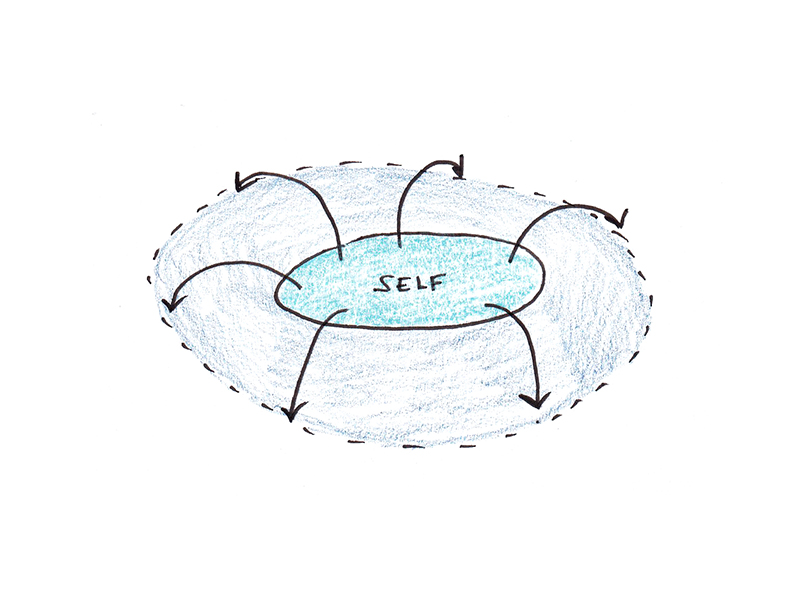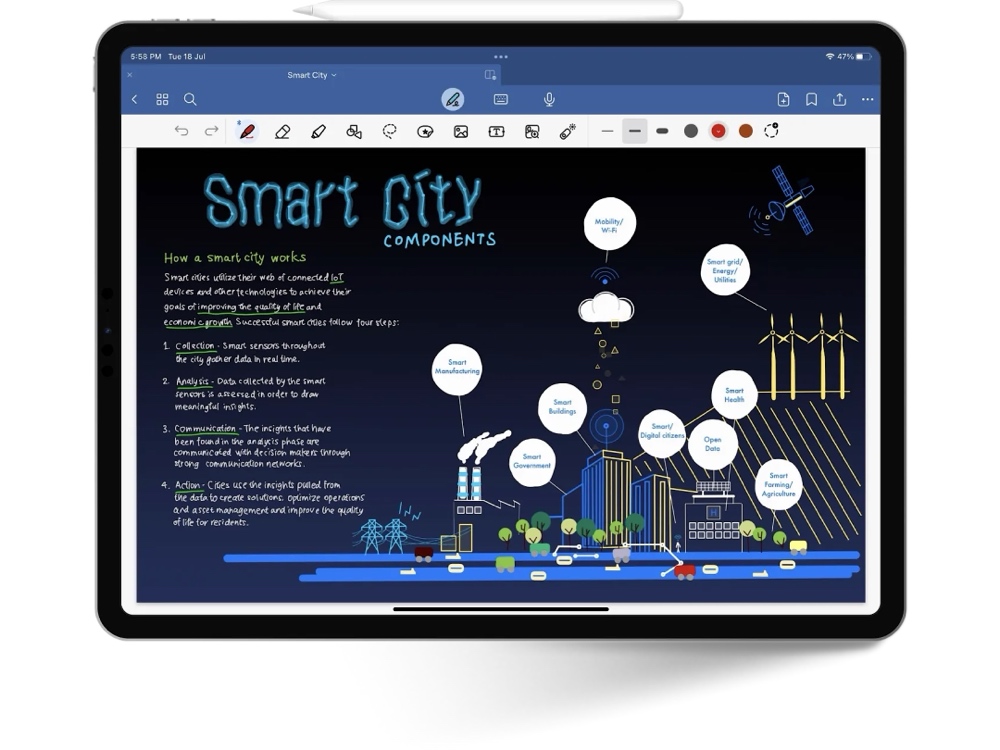Redefining Productivity with the Right Office Furniture
Modern workplaces are evolving at a rapid pace, and office furniture plays a pivotal role in shaping an environment conducive to productivity, comfort, and collaboration. From start-ups and co-working spaces to corporate giants, businesses now understand the undeniable impact of furniture on employee well-being and organizational efficiency. Selecting the right office furniture isn’t just a matter of aesthetics; it’s a strategic move that influences how people work, interact, and stay motivated throughout the day. In today’s highly competitive work environment, ergonomically designed, functional, and stylish office furniture is a non-negotiable necessity. It affects everything from posture and physical health to focus and mental clarity.
Ergonomics: The Foundation of Modern Office Furniture
Ergonomics has become a buzzword in workplace design, and for a good reason. At the heart of this concept is the idea of creating a work setup that adapts to the human body instead of forcing the body to adapt to it. High-quality office furniture is now designed with ergonomics as a core feature. Ergonomic chairs with adjustable heights, lumbar support, armrests, and breathable mesh backs can dramatically reduce physical strain and lower the risk of musculoskeletal issues among employees. Similarly, sit-stand desks are gaining popularity as they offer flexibility and allow users to switch between sitting and standing, promoting movement and blood circulation throughout the day. The incorporation of ergonomic principles into furniture design isn’t just about comfort; it’s a direct investment in employee health and productivity.
Aesthetic Appeal and Brand Identity
While functionality is vital, the visual appeal of office furniture can’t be underestimated. A well-designed workspace not only boosts employee morale but also sends a strong message to clients, stakeholders, and visitors about a company’s brand identity. Sleek desks, innovative shelving units, modular seating arrangements, and statement conference tables can transform a dull office into a vibrant hub of creativity and professionalism. Color schemes, materials, and overall furniture layouts should reflect a brand’s core values. For instance, a tech company may opt for a modern, minimalistic design with metal and glass elements, while a law firm may prefer a classic, wood-heavy décor that speaks of tradition and stability. Thoughtfully chosen office furniture elevates the atmosphere and helps reinforce the company’s cultural values.
Space Optimization and Smart Storage Solutions
Office real estate is expensive, especially in metropolitan areas, which makes space optimization a top priority. The right office furniture helps utilize available space effectively without compromising comfort or utility. Modular workstations, mobile storage units, and multifunctional furniture such as foldable desks or dual-purpose cabinets can significantly improve space efficiency. Open-plan offices benefit from partition screens and compact desk pods that offer a balance between collaboration and privacy. Smart storage solutions also help reduce clutter, allowing for better organization and faster retrieval of documents and tools. Cabinets, filing systems, and under-desk storage not only keep the office tidy but also contribute to a more focused and stress-free environment.
Collaborative Furniture for Team Dynamics
Collaboration is a vital aspect of many modern workplaces, and furniture plays a central role in facilitating team interactions. Collaborative office furniture includes shared workbenches, circular meeting tables, soft seating pods, and huddle zones that encourage communication and teamwork. Such layouts make it easier for employees to brainstorm, discuss projects, and innovate together. Flexible meeting spaces equipped with comfortable seating and integrated technology further enhance this dynamic. As remote and hybrid work becomes more common, in-office collaboration zones are gaining importance as they provide the kind of human interaction that virtual tools can’t replicate. Having designated areas for informal meetings or casual discussions improves workflow and strengthens company culture.
Office Furniture and Employee Well-being
Comfortable, functional office furniture directly contributes to employee satisfaction and well-being. When employees feel physically comfortable and supported, their overall experience at work improves. Poorly designed furniture leads to fatigue, distraction, and dissatisfaction, which in turn can result in higher turnover and absenteeism. On the other hand, investing in quality furniture demonstrates that a company values its employees, leading to increased loyalty and engagement. Features such as soft seating in break areas, adjustable lighting in workspaces, and acoustic panels for noise reduction can all enhance mental wellness and productivity. Additionally, incorporating elements of biophilic design, such as green dividers or plant-friendly furniture, contributes to a healthier, more inspiring environment.
Sustainability in Office Furniture Design
As sustainability becomes an increasingly important global concern, eco-friendly office furniture is becoming a priority for environmentally conscious organizations. Businesses now prefer furniture made from recycled, reclaimed, or sustainably sourced materials. Low-VOC finishes, recyclable components, and energy-efficient manufacturing processes are other important considerations. Sustainable office furniture doesn’t just benefit the environment—it also appeals to clients and employees who care about responsible practices. Furniture longevity is another crucial aspect of sustainability. Investing in durable, timeless pieces that can be easily maintained or repurposed reduces waste and long-term costs. Forward-thinking companies understand that sustainable office furniture isn’t just a trend—it’s part of a broader commitment to social responsibility and environmental stewardship.
Future-Proofing the Workspace with Adaptive Office Furniture
With the pace of technological advancement and changing work models, adaptability has become essential in workplace design. Office furniture must now accommodate not only different physical needs but also various work styles. Adjustable furniture, mobile workstations, wireless charging tables, and plug-and-play solutions allow businesses to future-proof their environments. Hybrid workspaces, where employees alternate between working from home and the office, benefit from flexible furniture layouts that can be easily reconfigured. Hot-desking and shared spaces require furniture that supports quick transitions without compromising comfort. By choosing adaptable office furniture, businesses ensure that their investment remains relevant and effective, even as their needs evolve over time.
Conclusion
Selecting the right office furniture is far more than a matter of choosing desks and chairs—it’s a strategic decision that affects every aspect of business operation, from employee health and satisfaction to space utilization and brand perception. A well-furnished office not only enhances productivity and collaboration but also supports long-term organizational goals. Companies that understand the importance of ergonomic design, aesthetics, flexibility, and sustainability are better positioned to create environments where people thrive. As the future of work continues to evolve, thoughtful investment in high-quality, adaptive furniture remains one of the most effective ways to foster success. The brand name office furniture is dedicated to helping businesses achieve this vision through expert solutions and top-tier furnishings tailored to modern professional needs.









































































































![Building A Digital PR Strategy: 10 Essential Steps for Beginners [With Examples]](https://buzzsumo.com/wp-content/uploads/2023/09/Building-A-Digital-PR-Strategy-10-Essential-Steps-for-Beginners-With-Examples-bblog-masthead.jpg)














































